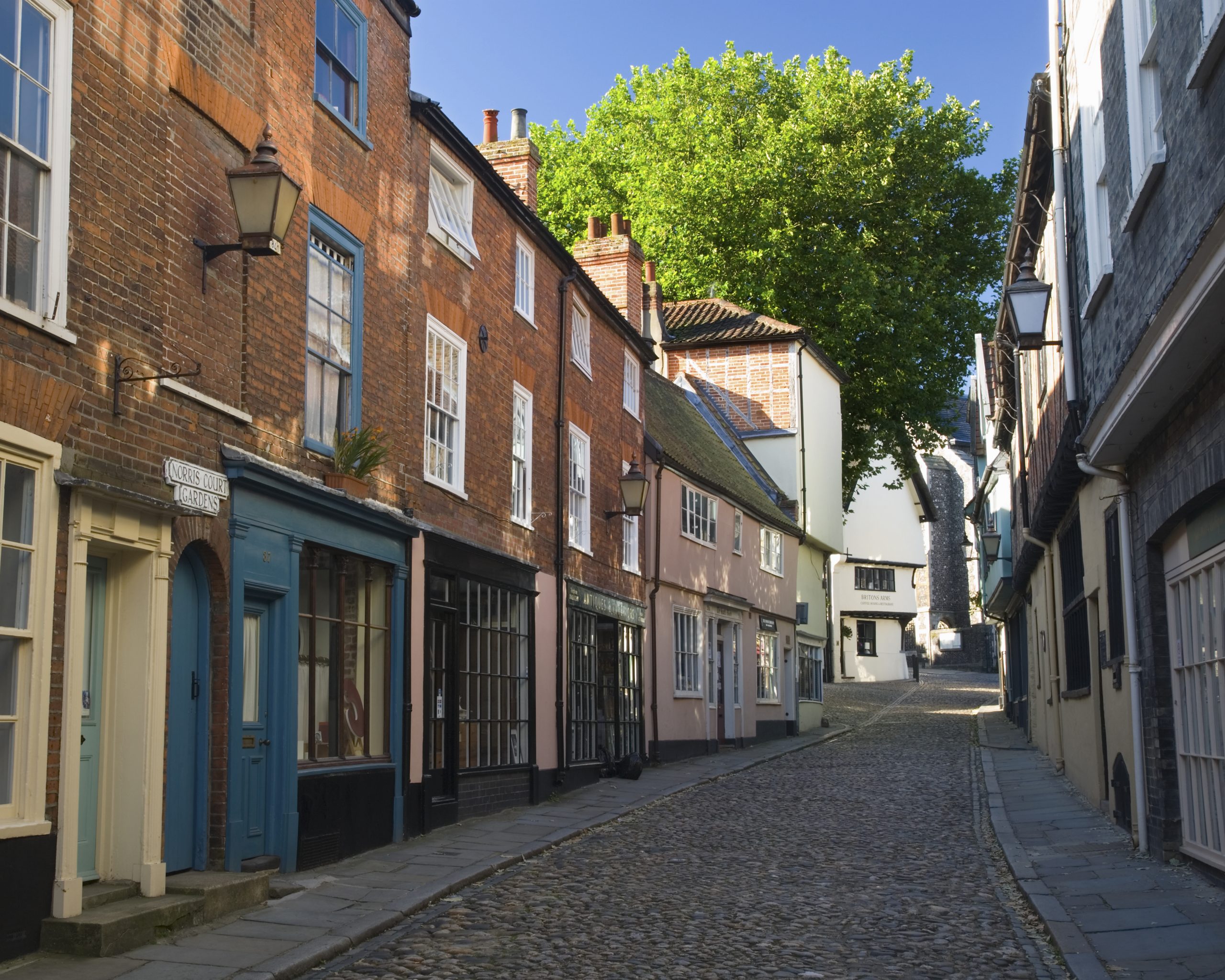'The financial pain from higher mortgage rates is still filtering into the system'
What the Bank of England’s latest interest rate decision could mean, the enclaves where more than 70% of homes are owned mortgage-free, and how homes are taking longer to shift: Annabel Dixon runs through what you need to know in the world of bricks and mortar.


Had a busy week? We know the feeling. So we’ve cherry picked five property-related things that have hit the news in recent days for you.
Bank of England holds interest rates (again)
The Bank of England voted this week — by a slim-ish majority of 6–3 — to keep interest rates unchanged, at 5.25%. It’s the second time in a row that the Bank has opted to hold rates after 14 successive hikes.
But don’t reach for the bubbly just yet. Governor Andrew Bailey warned: 'Let me be clear, there is absolutely no room for complacency. Inflation is still too high. We will keep interest rates high enough for long enough to make sure we get inflation all the way back to the 2% target.'
Jeremy Leaf, north London estate agent and a former RICS residential chairman, believes that keeping rates unchanged is good news for the housing market: ‘In present troubled economic times, stability aids confidence, which is so vital to decision-making when it comes to buying and selling property.’
Over at Knight Frank, Tom Bill, head of UK residential research, expects housing market sentiment to remain weak. ‘Inflation will fall but nobody is quite convinced that it’s ‘job done’ for the Bank of England yet,’ Bill explains. ‘The financial pain from higher mortgage rates is still filtering into the system and there is a mood of uncertainty due to next year’s general election and conflict in the Middle East.’
The areas where more than 70% of homes are owned outright
It seems a significant chunk of the nation’s homeowners won’t be concerned by changes to mortgages rates. That’s because a staggering 59% (9.3 million) of homes across England are owned outright, according to fresh analysis.
London agent Benham and Reeves studied ONS data for 2021 (which admittedly is quite long in the tooth). And it discovered that North Norfolk is England’s housing equity hotspot, with 72% of homes in the area owned mortgage-free. London’s Kensington & Chelsea and East Devon follow hot on its heels, at 71% and 70% respectively.
Exquisite houses, the beauty of Nature, and how to get the most from your life, straight to your inbox.
When it comes to the regions, the south west took the top spot, with 62% of homes owned mortgage-free. It’s followed by the West Midlands, the East of England and the East Midlands. London is home to the lowest proportion of outright ownership, at 55%.

Homes take almost a fortnight longer to sell
If you’re after a quick housing transaction, you might want to turn away now. Properties in England are taking nearly two weeks (12 days) longer to sell than the same time last year, research from Zoopla shows. Homes that sold (subject to contract) in September were on the market for an average 34 days.
'This is due to a few factors: there are fewer buyers in the market alongside cost of living concerns and higher mortgage rates which has meant many have had to pause a search for their next home,’ explains Izabella Lubowiecka, senior property researcher at Zoopla. ‘However, we are now simply seeing a return to more normal market conditions experienced in the years leading up to the pandemic.'
The prospects are best for those in the north west, with the region topping the list of the fastest-moving housing markets. The typical seller in Liverpool agreed a sale within 17 days, followed by those in Manchester and Salford (at 21 and 23 days respectively).
Annual house price falls in 80% of local markets, reports Zoopla
Four out of five housing markets in the UK have been hit by annual house price falls, up from one in 20 just six months ago, according to separate research by Zoopla.
The scale of price falls in September is limited to very low single digits. But the property portal expects to start seeing annual price drops of more than 5% in some areas in the coming months in the face of weaker buying power.
House prices in September were down 1.1% year-on-year, a far cry from the 9.2% annual rise registered a year ago. ‘This is the most dramatic slowdown in price growth since 2009,’ Zoopla notes gloomily.
House prices climb in October, says Nationwide
UK house prices rose by 0.9% in October, leaving the typical home worth £259,423. But values were down 3.3% compared with the same month last year, according to Nationwide.
The uptick in house prices ‘most likely reflects the fact that the supply of properties on the market is constrained’, says the building society’s chief economist, Robert Gardner. He cautioned: ‘Activity and house prices are likely to remain subdued in the coming quarters.’
Verona Frankish, CEO of Yopa, says that an increase in the monthly rate of house price growth, however incremental, shows that buyers still have an appetite, even in tough market conditions.
Meanwhile, Karen Noye, mortgage expert at Quilter, reckons that despite this unexpected increase, the future of the UK housing market remains uncertain. ‘Though inflation has continued to lower, house prices are nowhere near keeping up with the level of inflation elsewhere in the economy,' she explains.

